Rambuchan
The Funky President
I think you can be really proud of the amount of entrants there have been on this quiz Ciceronian. 


I certainly am, but what makes me even happier than many entrants are the entries which have clearly had a lot of effort put into them.Rambuchan said:I think you can be really proud of the amount of entrants there have been on this quiz Ciceronian.

Ciceronian said:Rambuchan, with a Promethean effort scores 1 point, putting himself into a position to potentially topple Adler and win this one!
thetrooper said:Damned, I'm getting hammered here.
Rambuchan said:Well that feeling is not new for you when it comes to quizzes.


1. Following the format pioneered by luceafarul recently on the Cumulative Quiz, the below pictures all have a connection to an ancient city. Name the city (3 points) and what in particular it was famed for. (1 point) Also tell me who the person / deity in picture #1 is (1 point) and what picture #2 has to do with the city. (1 point) Name the event that took place every four years at the place depicted in picture #3 (which is located in the city I am looking for). (1 point)
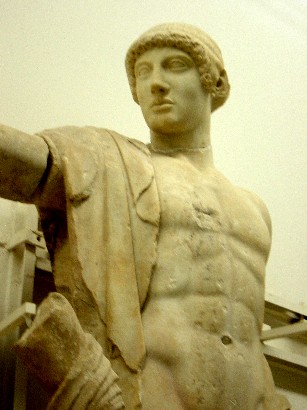

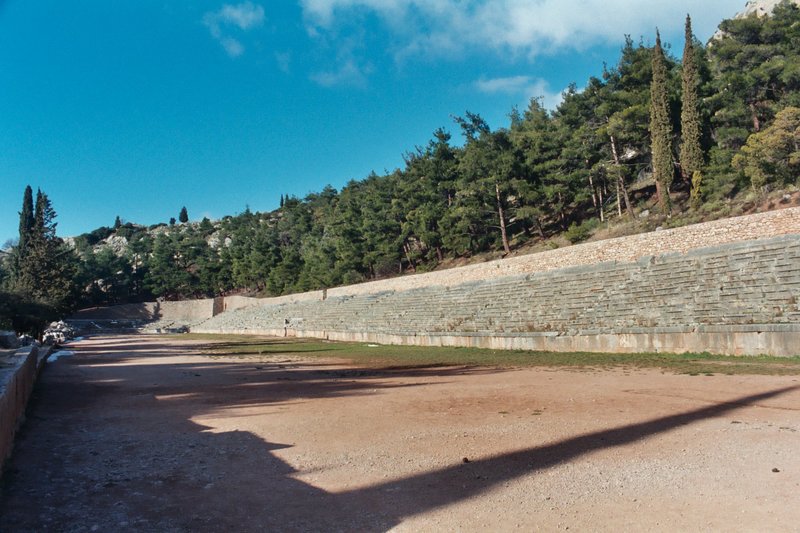
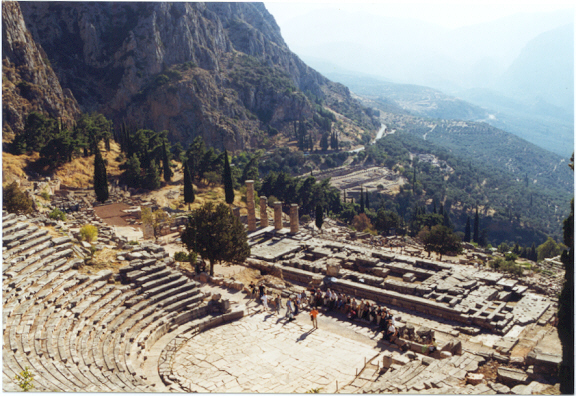
2. Who said the following (3 points):
My coming to England in this way is, as I realize, so unusual that nobody will easily understand it. I was confronted by a very hard decision. I do not think I could have arrived at my final choice unless I had continually kept before my eyes the vision of an endless line of children's coffins with weeping mothers behind them, both English and German, and another line of coffins of mothers with mourning children.
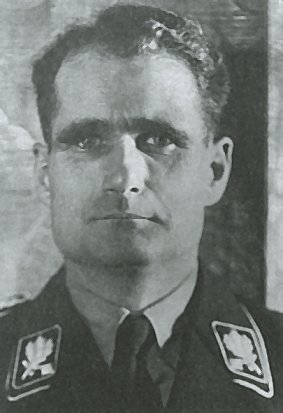
3. Most countries assign their national day to a day which was a key event in their history. The Germans, for instance, celebrate the reunification on the 3rd of October. The Austrians celebrate theirs on the 26th of October. What happened on a 26th of October which the Austrians now celebrate (2 points) and which year did this take place in? (1 point)
4. Ragnar Lodbrok, the civ leaderhead for the Vikings, was semi-legendary rather than certainly real. According to legend, he met a very strange end. Who had him killed (1 point) and how? (1 point) His sons avenged him by killing his killer. In what way are they said to have done this? (1 point)
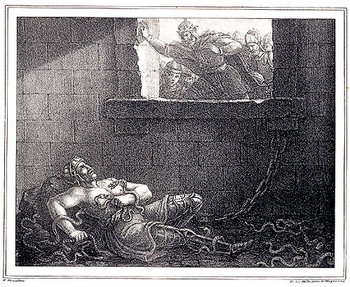
5. Where is this gate to be found (1 point) and what is called? (1 point)
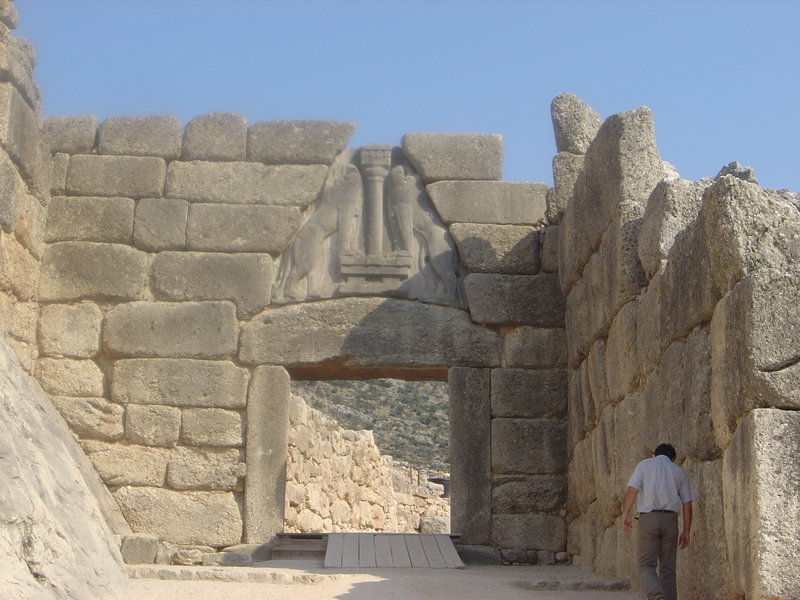
6. Which person is connected to the following four pictures? (4 points)
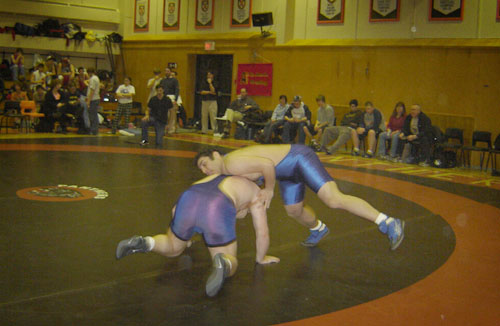
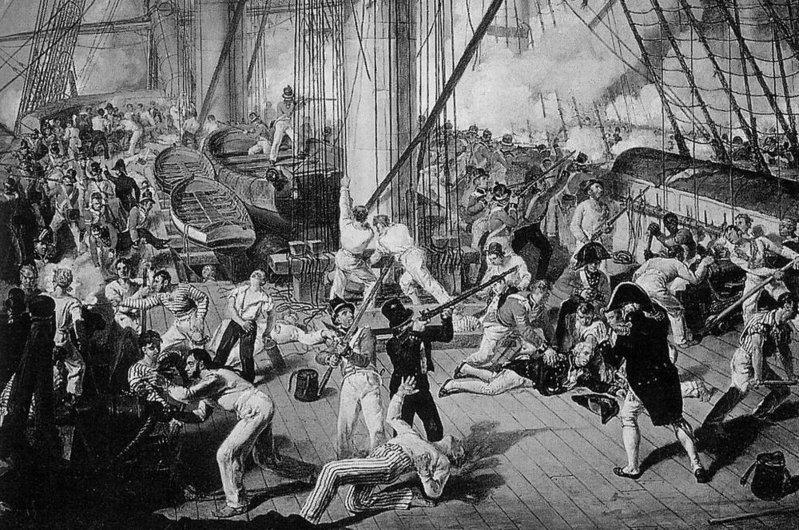

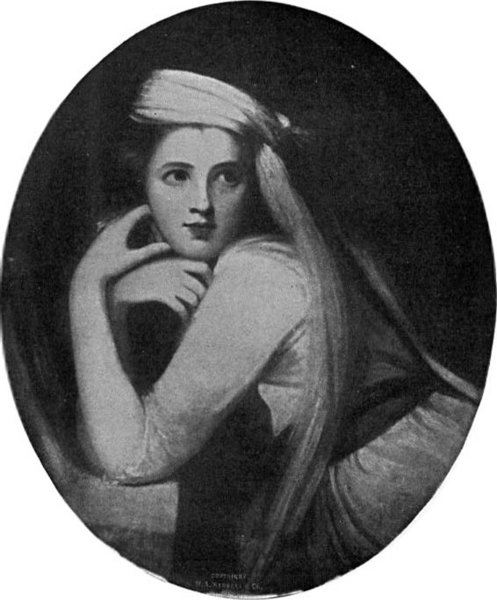
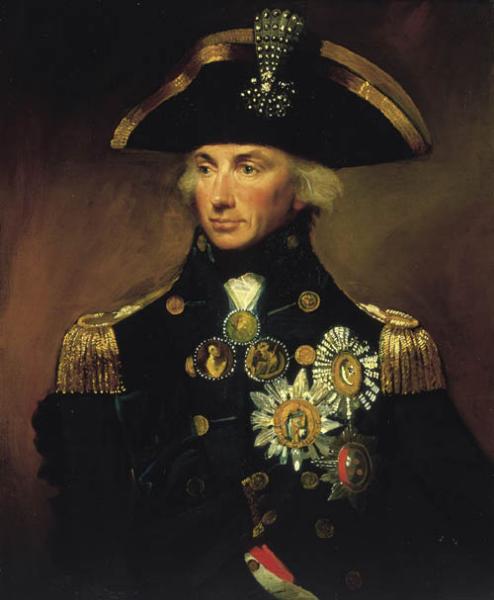
7. Which two persons do these statues depict? (2 points) Whom did they kill? (1 point) What was the historical significance of the murder? (2 point) [NOTE: For further clarification I have added a second picture, a vase painting depicting the incident.] Which event resembling this one took place just several years later in another ancient Mediterranean county and played a similarly key role in its history? (2 points)
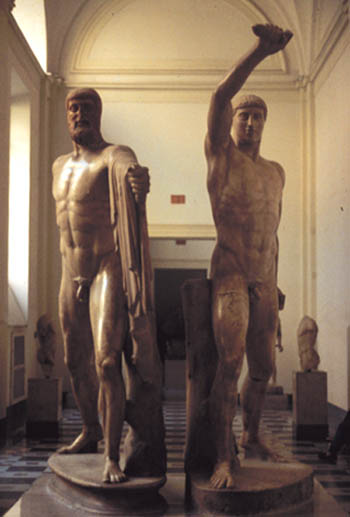
8. As a result of the Nuernberg Trials in 1945/46 most of the Nazi leaders / functionaries were either imprisoned or executed, but three were acquitted. However, two of them were again tried by a German court and sentenced to brief prison sentences. Only one escaped punishment completely. Who was he? (2 points)
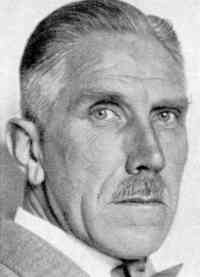
This is right but for the wrong reason! The most revered sanctuary at Delphi, where the consultation with the Oracle took place, was called the adytum. The centre of this space was marked with a stone, which was considered the center of the world, and was called the navel or omphalos. Delphus more specifically means womb.Ciceronian said:The name of the required city is Delphi. [...]The second picture shows shows a navel, which is a reference to the fact that δελφυς or delphus means navel, as Delphi was considered to be the "navel" or centre of the world.

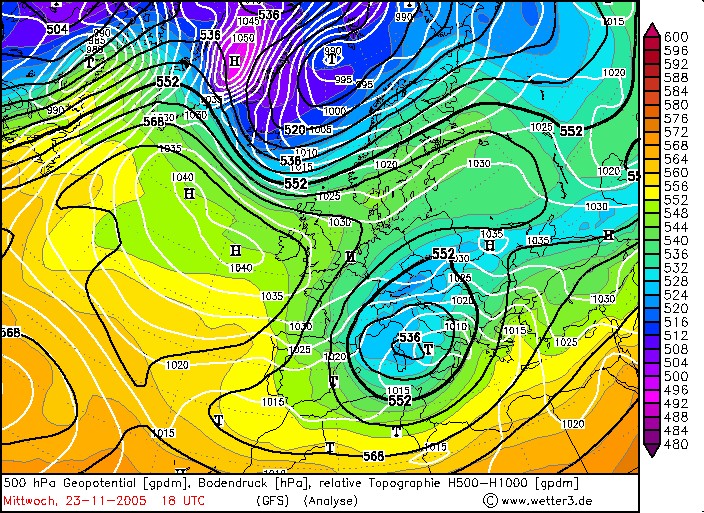
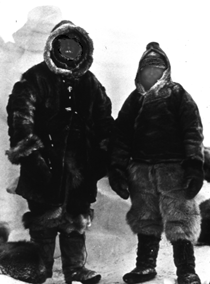
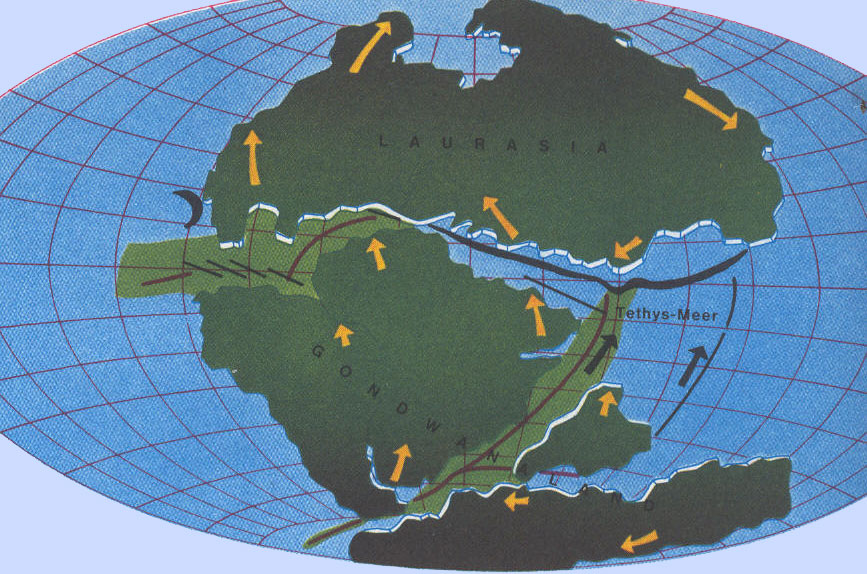
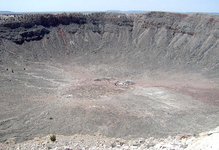
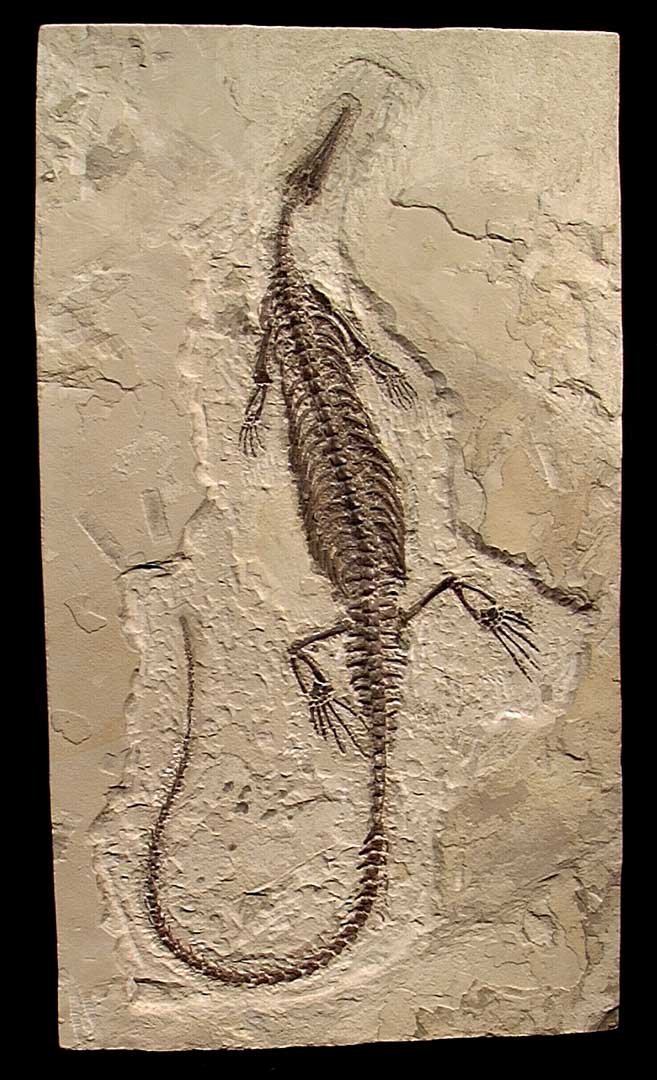
(15 pts. in total)O tempora, o mores! Senatus haec intellegit. Consul videt; hic tamen vivit. Vivit? immo vero etiam in senatum venit, fit publici consilii particeps, notat et designat oculis ad caedem unum quemque nostrum. Nos autem fortes viri satis facere rei publicae videmur, si istius furorem ac tela vitemus. Ad mortem te, Catilina, duci iussu consulis iam pridem oportebat, in te conferri pestem, quam tu in nos [omnes iam diu] machinaris.
 (5* 2 pts.= 10 pts. in total)
(5* 2 pts.= 10 pts. in total) ))
))Oh i did't know that. Then i might have been able to deliver a better translation. (If that is possible at allAdler17 said:Of course not. Like in school, Stowasser and similar dictionarys are strictly allowed!
Adler

 )
)